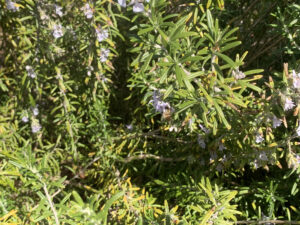
Can You Recommend an Easy-to-Grow Herb Plant?
There are several herbs that you can grow in the landscape. Most of these would fall into the annual …



El inglés es el idioma de control de esta página. En la medida en que haya algún conflicto entre la traducción al inglés y la traducción, el inglés prevalece.
Al hacer clic en el enlace de traducción se activa un servicio de traducción gratuito para convertir la página al español. Al igual que con cualquier traducción por Internet, la conversión no es sensible al contexto y puede que no traduzca el texto en su significado original. NC State Extension no garantiza la exactitud del texto traducido. Por favor, tenga en cuenta que algunas aplicaciones y/o servicios pueden no funcionar como se espera cuando se traducen.
Inglês é o idioma de controle desta página. Na medida que haja algum conflito entre o texto original em Inglês e a tradução, o Inglês prevalece.
Ao clicar no link de tradução, um serviço gratuito de tradução será ativado para converter a página para o Português. Como em qualquer tradução pela internet, a conversão não é sensivel ao contexto e pode não ocorrer a tradução para o significado orginal. O serviço de Extensão da Carolina do Norte (NC State Extension) não garante a exatidão do texto traduzido. Por favor, observe que algumas funções ou serviços podem não funcionar como esperado após a tradução.
English is the controlling language of this page. To the extent there is any conflict between the English text and the translation, English controls.
Clicking on the translation link activates a free translation service to convert the page to Spanish. As with any Internet translation, the conversion is not context-sensitive and may not translate the text to its original meaning. NC State Extension does not guarantee the accuracy of the translated text. Please note that some applications and/or services may not function as expected when translated.
Collapse ▲
There are several herbs that you can grow in the landscape. Most of these would fall into the annual …
What does it mean to propagate a plant? Propagation is the natural process of breeding plants from parent stock. …

Sometimes I get the most interesting calls! Questions from plant, weed, and insect identification to various products to be …
I was in Wal-Mart last week picking up gifts a few last minute things for a Christmas party. While …
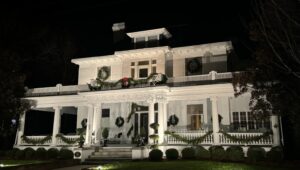
Topics for articles can get really scarce this time of year! I was talking with my wife at lunch …

The Christmas cactus is a traditional and very festive gift this time of year. We browse by them in …
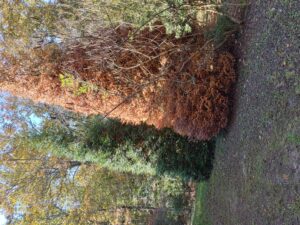
I’ve had several calls come in over the past three weeks concerning Arborvitae (Thuja sp.) and/or Leyland cypress (x …
Well it has happened, we got our first frost! We are in November! As things begin to slow down there …
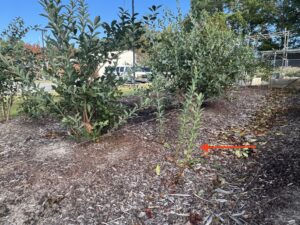
A great question came in this week about propagating blueberries! First, what is propagation? The North Carolina Extension Gardener Handbook …
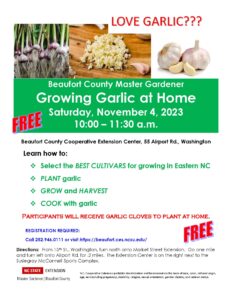
Register now for our class on Growing Garlic at Home. This is a free, 1.5-hour class led by Extension …
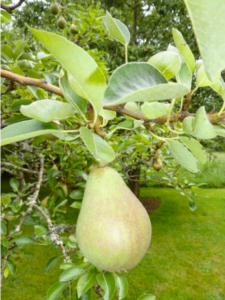
My youngest daughter catches the bus every morning over in Smallwood. While we don’t live in Smallwood, we are very …
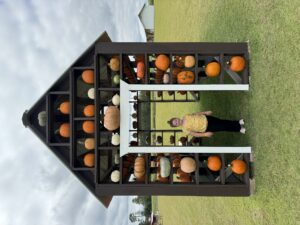
It seems like it is finally fall! My family and I visited Stokes Family Farm in Greenville this past …
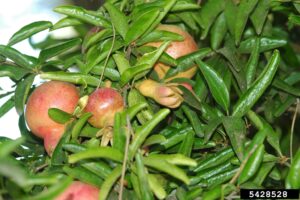
We don’t get to do this very often but one of the things my family loves to do is …
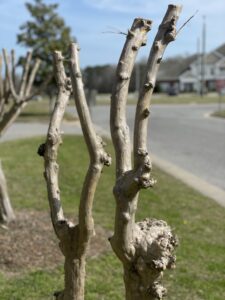
When the days begin to get shorter and cooler, there are two very popular myths that I begin to hear! It …
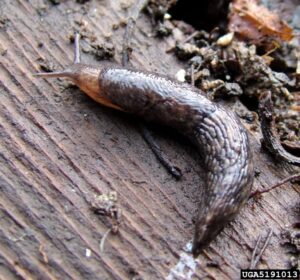
“What’s eating my hostas?” The caller said, “I come out in the morning and there are these holes in …
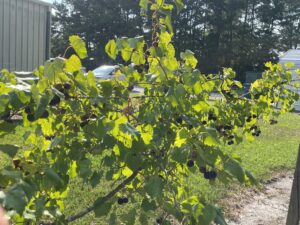
There are few rural residential properties across the Southeast that do not have a grapevine growing somewhere. Be it …

I did a class for the Cypress Landing community a few weeks back and one of the questions was …
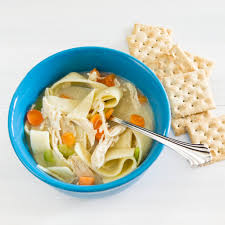
In spite of all your efforts to stay healthy, your child has caught the bug. Did you know children, on …
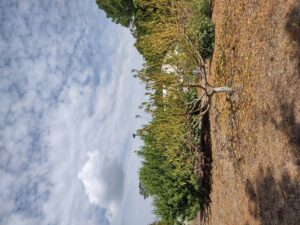
I have an Extension Master Gardener℠ Volunteer that says, “Growing fruits and vegetables should be more of a hobby. …

Watermelon is the most popular melon in the United States, followed by cantaloupe and honeydew. Melons come in a variety …

Black root rot impacts a range of woody and herbaceous ornamental plant species primarily in …

This Entomology Insect Note discusses how to identify and manage common armored scale insects that …

This factsheet describes the biology of the maskell scale, Lepidosaphes maskelli, and provides residential management …
This guide is designed to help turf managers identify the major turfgrass pests found in …

This native plants chapter of the Extension Gardener Handbook defines the term native, why gardeners …

This field guide and linked resources provide information on basic insect identification, sampling methods, monitoring, …

This publication alerts prospective gardeners to some of the most common contaminants in urban soils, …

This factsheet describes the biology and disease control of Southern Blight in Herbaceous Ornamentals